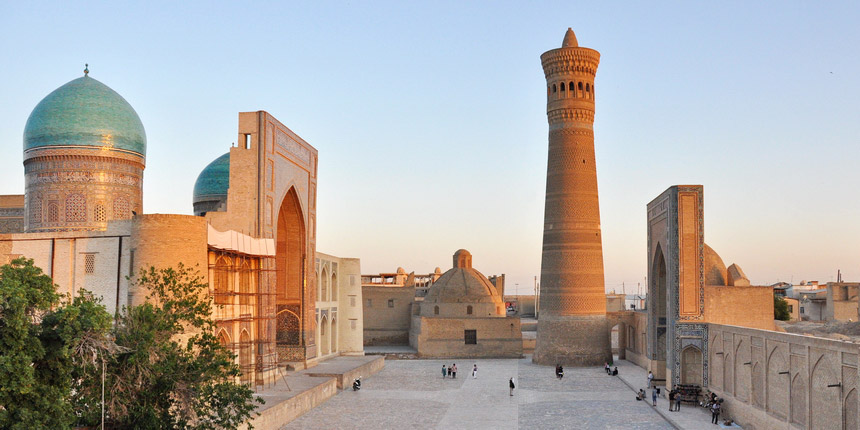
Bukhara is one of the most famous and picturesque cities in Central Asia. This is an amazing city-museum, where a large number of cultural and architectural monuments of different eras are concentrated - in total there are more than 140 structures and buildings of the Middle Ages alone.
Among the significant places are the Kalon minaret, and Kosh Madras, which not so long ago passed exactly 1000 years, the Samanid mausoleum or the Poi-Kalyan complex with a 2300-year history.
One of these architectural structures, the Samani mausoleum, was erected during the reign of Ismail Samani, who was one of the greatest leaders of the city and ruled at the end of the 9th and at the beginning of the 10th centuries. Initially, the mausoleum was intended for the burial of Ismail's father, but later turned into a family tomb for all members of the royal family. The mausoleum is a monument of Muslim history of the early period.
According to legend, the city was founded by order of King Siavash, Prince of Persia, who was also one of the founders of the legendary Persian Empire. The prince was unjustly accused and sent into exile in Turan, where Afrasiab, the ruler of Samarkand, gave him the kingdom, the future Bukhara, and also gave him his daughter.
According to the studies of historians, it is possible to clearly trace the history of Bukhara until the 4th century AD. e. - it is this century that the most ancient of the found coins and other artifacts date back to.




.jpg)